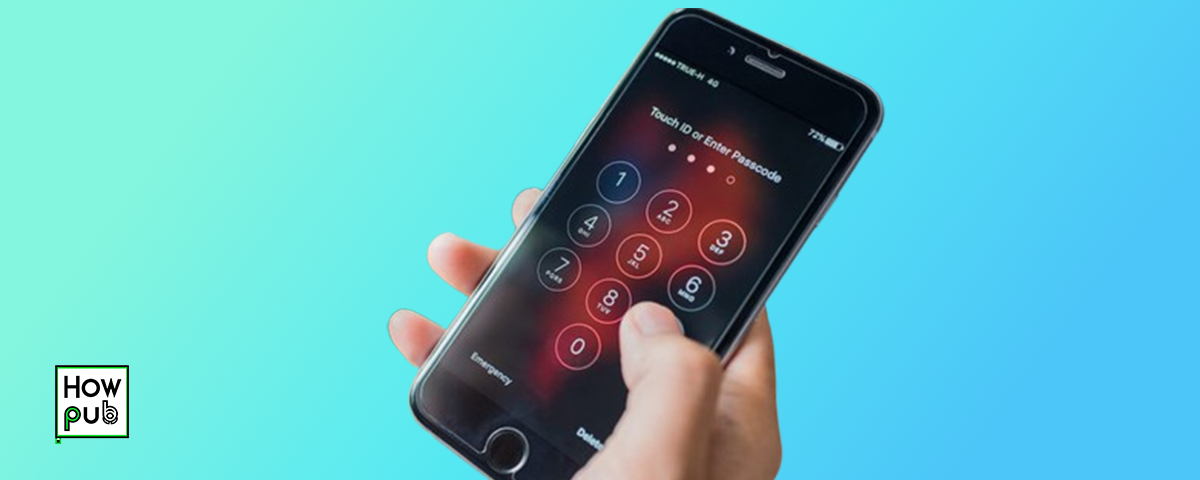Introduction
With the increasing number of online accounts and services, securely managing passwords is crucial. Your iPhone offers built-in tools and third-party apps to help you create, store, and manage strong passwords, ensuring your personal information stays protected. This guide will walk you through the best practices for securely storing and managing passwords on your iPhone.
Step 1: Using iCloud Keychain for Password Management
iCloud Keychain is Apple's built-in password manager that securely stores your passwords, credit card information, and Wi-Fi credentials.
How to Set Up iCloud Keychain
-
Open the Settings App:
- On your iPhone’s Home screen, locate and tap the Settings icon, which looks like a gray gear.
-
Tap on Your Name:
- At the top of the Settings menu, tap on your name to access your Apple ID settings.
-
Select iCloud:
- In the Apple ID menu, tap iCloud.
-
Enable iCloud Keychain:
- Scroll down and tap on Keychain.
- Toggle iCloud Keychain to the On position. You may be prompted to enter your Apple ID password or use your device’s passcode to enable this feature.
-
Store Passwords Automatically:
- When iCloud Keychain is enabled, your iPhone will automatically suggest strong passwords when you sign up for new accounts and offer to save passwords when you log into websites or apps.
Step 2: Accessing and Managing Saved Passwords
Once you’ve enabled iCloud Keychain, you can easily access and manage your saved passwords directly on your iPhone.
How to Access Saved Passwords
-
Open the Settings App:
- Tap the Settings icon on your Home screen.
-
Navigate to Passwords:
- Scroll down and tap on Passwords. You may be prompted to authenticate using Face ID, Touch ID, or your passcode.
-
View Saved Passwords:
- In the Passwords menu, you’ll see a list of all saved accounts and their associated passwords. Tap on an account to view the password details.
- You can copy passwords to paste into login fields or view them to manually enter on other devices.
-
Edit or Delete Saved Passwords:
- To edit a saved password, tap on the account, then tap Edit in the top-right corner.
- To delete a saved password, swipe left on the account and tap Delete.
Step 3: Enabling Two-Factor Authentication for Added Security
Two-factor authentication (2FA) adds an extra layer of security by requiring a second form of verification in addition to your password.
How to Enable Two-Factor Authentication
-
Open the Settings App:
- Tap the Settings icon on your iPhone’s Home screen.
-
Tap on Your Name:
- At the top of the Settings menu, tap on your name to access your Apple ID settings.
-
Select Password & Security:
- In the Apple ID menu, tap Password & Security.
-
Enable Two-Factor Authentication:
- Tap Two-Factor Authentication and follow the on-screen instructions to set it up. You’ll need to verify your phone number and may be prompted to answer security questions.
- Once enabled, you’ll receive a verification code via SMS or a trusted device whenever you sign in to your Apple ID or make significant changes to your account.
-
Use 2FA with Other Accounts:
- Many online services, such as Google, Facebook, and banking apps, support 2FA. Enable 2FA for these accounts in their respective settings to enhance security.
Step 4: Using a Third-Party Password Manager
While iCloud Keychain is powerful, some users may prefer or need a third-party password manager for additional features like cross-platform support.
Popular Password Managers
-
1Password:
- Features: Secure password storage, two-factor authentication integration, password generator, and cross-platform sync.
- Setup: Download 1Password from the App Store, create an account, and import your passwords. Enable Face ID or Touch ID for quick access.
-
LastPass:
- Features: Password vault, secure notes, password sharing, and multi-device sync.
- Setup: Download LastPass from the App Store, sign up or log in, and start saving passwords. Enable auto-fill to quickly log into apps and websites.
-
Dashlane:
- Features: Dark web monitoring, password health reports, VPN for secure browsing, and password sharing.
- Setup: Download Dashlane from the App Store, create an account, and secure your data with biometric authentication.
Step 5: Best Practices for Creating Strong Passwords
Strong passwords are essential for keeping your accounts secure. Here are some best practices for creating and managing strong passwords.
How to Create a Strong Password
-
Use a Password Generator:
- Both iCloud Keychain and third-party password managers include password generators that create complex, random passwords. Use these tools to generate passwords that are difficult to guess.
-
Avoid Common Words and Patterns:
- Do not use easily guessable passwords like “password123” or common phrases. Avoid using personal information such as birthdays, names, or phone numbers.
-
Mix Characters:
- A strong password should include a mix of uppercase and lowercase letters, numbers, and special characters. For example, “Gx$2^kL9!” is much stronger than “GxkL9”.
-
Use Different Passwords for Different Accounts:
- Never reuse passwords across multiple accounts. If one account is compromised, all accounts with the same password are at risk.
-
Regularly Update Passwords:
- Change your passwords periodically, especially for sensitive accounts like email, banking, and social media. Use your password manager to keep track of when passwords were last updated.
Conclusion
Managing and securing your passwords on your iPhone is crucial in today’s digital age. By using iCloud Keychain or a third-party password manager, enabling two-factor authentication, and following best practices for password creation, you can protect your accounts and personal information from unauthorized access. Take these steps today to enhance your online security and peace of mind.



